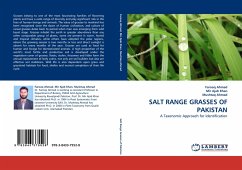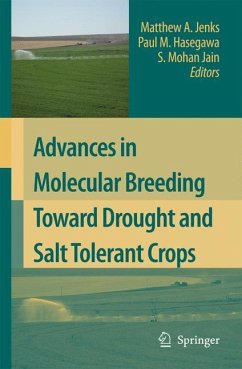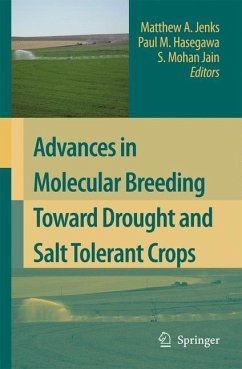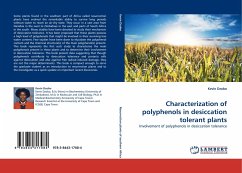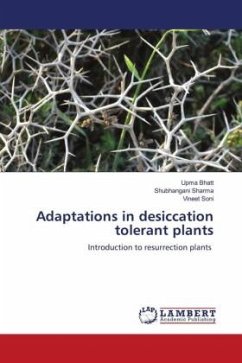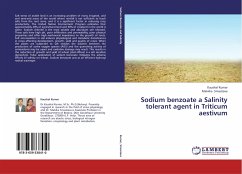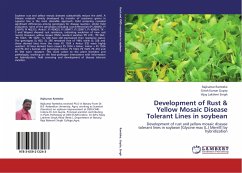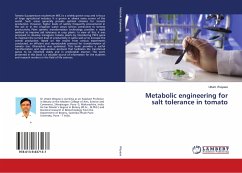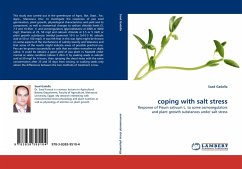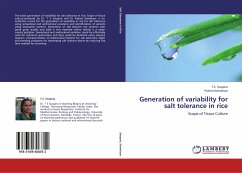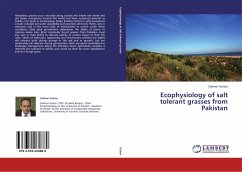
Ecophysiology of salt tolerant grasses from Pakistan
Versandkostenfrei!
Versandfertig in 6-10 Tagen
52,99 €
inkl. MwSt.

PAYBACK Punkte
26 °P sammeln!
Halophytic grasses occur naturally along coastal and inland salt marsh and salt desert ecosystems around the world and have numerous benefits as fodder, turf grass or landscaping. Major limiting factors in salty ecosystems include reduced soil water availability and excessive salt levels. Plants vary in tolerance and in the exact suite of mechanisms to survive under these conditions. Early seed germination determines the ability of plants to colonize saline soils. Most commonly found grasses from Pakistani coast also vary in their ability to tolerate salinity at various stages of their life cy...
Halophytic grasses occur naturally along coastal and inland salt marsh and salt desert ecosystems around the world and have numerous benefits as fodder, turf grass or landscaping. Major limiting factors in salty ecosystems include reduced soil water availability and excessive salt levels. Plants vary in tolerance and in the exact suite of mechanisms to survive under these conditions. Early seed germination determines the ability of plants to colonize saline soils. Most commonly found grasses from Pakistani coast also vary in their ability to tolerate salinity at various stages of their life cycle. Seeds of Aeluropus lagopoides and Urochondra setulosa are highly salt tolerant both during storage in the soil and at growth, but are moderately salt tolerant during germination. Both are good candidates for landscape management along the Pakistani coast. Sporobolus ioclados is relatively less tolerant to salinity and could be ideal for dune stabilization and as a forage grass.



